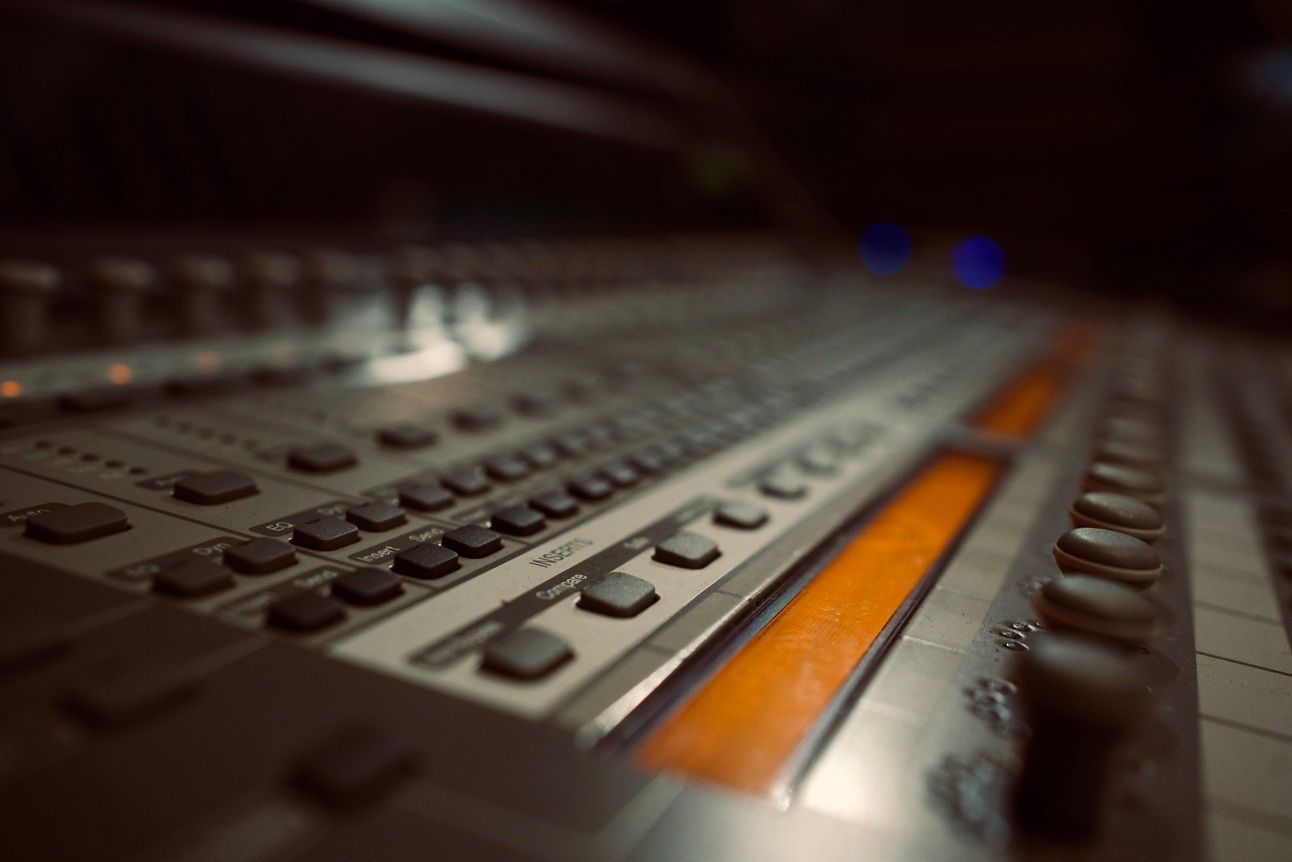
Whether you’re a songwriter, producer, or independent artist, understanding how music royalties work is essential. Every time your song is streamed, downloaded, played live or licensed for video, it could be earning money. But royalties won’t collect themselves. To ensure you’re getting paid, you need to understand where different royalties come from, who handles them, and how to claim your share.
Performance Royalties
Performance royalties are earned when your song is played publicly, including radio airplay, live concerts, TV broadcasts and more. These royalties are collected and distributed by Performing Rights Organizations (PROs) such as ASCAP, BMI, SESAC in the U.S., PRS in the UK, and SOCAN in Canada.
To receive performance royalties, you must register as a songwriter or publisher with a PRO. Registering your compositions with a PRO ensures they’re tracked properly when your music is played, whether on stage, on screen, or online. If you’re self-publishing music, it’s also smart to register a publishing entity so you can collect both the writer and publisher shares.

Sync Fees
Synchronization royalties, often called sync fees, are paid when your music is licensed for use in visual media. This includes film, TV shows, video games, ads, or online content like YouTube videos. Any time someone wants to pair your track with their visuals, they need a sync license to legally use your track.
Sync fees are different from performance royalties, which are collected when a song is broadcast or streamed publicly. Sync licensing is about the right to sync your music with a visual. It’s usually handled by whoever owns the rights to the song(s) in question. That could be you, your publisher, label, or a sync agency representing your catalog.
Sync licenses are typically negotiated upfront and paid out as a one-time fee, but there are actually two separate parts to most sync deals. There’s a fee covering the use of your composition (the song itself), and another covering the final recording (or master). So if you wrote a song but someone else recorded it, both parties get paid from a sync deal. And if you own both the composition and master, it all goes to you.
If you control your own rights, you can pitch your music for sync deals or work with a sync agency connected to media producers. Platforms like Musicbed, Epidemic Sound, and Audiosocket offer opportunities for independent artists to get placed in high-profile projects. Licensing models vary, so whatever you’re considering, be sure to understand the terms.
Mechanical Royalties
Mechanical royalties are generated when your song is reproduced either in physical format like CDs or vinyl, digital downloads, or interactive streaming services. In the U.S., these royalties are handled by The Mechanical Licensing Collective (The MLC), which collects from platforms like Apple Music. Outside the U.S., similar organizations perform this function in other territories.
To collect mechanical royalties domestically (in your country), you’ll need to sign up with The MLC. For international collection and more in-depth administration, many artists use publishing administrators like Songtrust, Sentric, or TuneCore Publishing. These register your songs worldwide and collect mechanical royalties from multiple platforms and territories.

Print Royalties
Print royalties are earned when your music is transcribed and sold as sheet music or tablature. This type of royalty is more common in the classical, educational and choral music markets. But songwriters who create arrangements for guitar or piano can also distribute their sheet music through platforms like Sheet Music Plus or Musicnotes.
Print royalties are typically collected by music publishers or sheet music distributors. If you’re handling distribution yourself, you keep a larger share of the revenue, but you’ll also be responsible for formatting, pricing, and marketing.
Know What You Control
In music licensing, it’s important to remember that every song has two sides: the composition (melody and lyrics) and the sound recording (actual audio). Each royalty type typically pays out to one or both of these rights. For example, performance and mechanical royalties go to the owners of the composition, while sync fees are paid to both the recording and composition rights holders. Knowing what you own helps you determine which royalties you’re entitled to and which organizations you need to register with to get paid properly.

Royalties Don’t Collect Themselves
It’s easy to assume streaming numbers or TV placements automatically lead to income, but that’s not the case unless you’ve set up the right infrastructure. Register with a PRO, sign up with The MLC, and consider working with a publishing admin or sync rep if you want broader coverage.
Take ownership of your catalog and treat your music like the business it is. At StudioBook.io, we’re building tools that simplify this process for artists, producers, and songwriters. Focus on the creative work while staying in control of your earnings.
